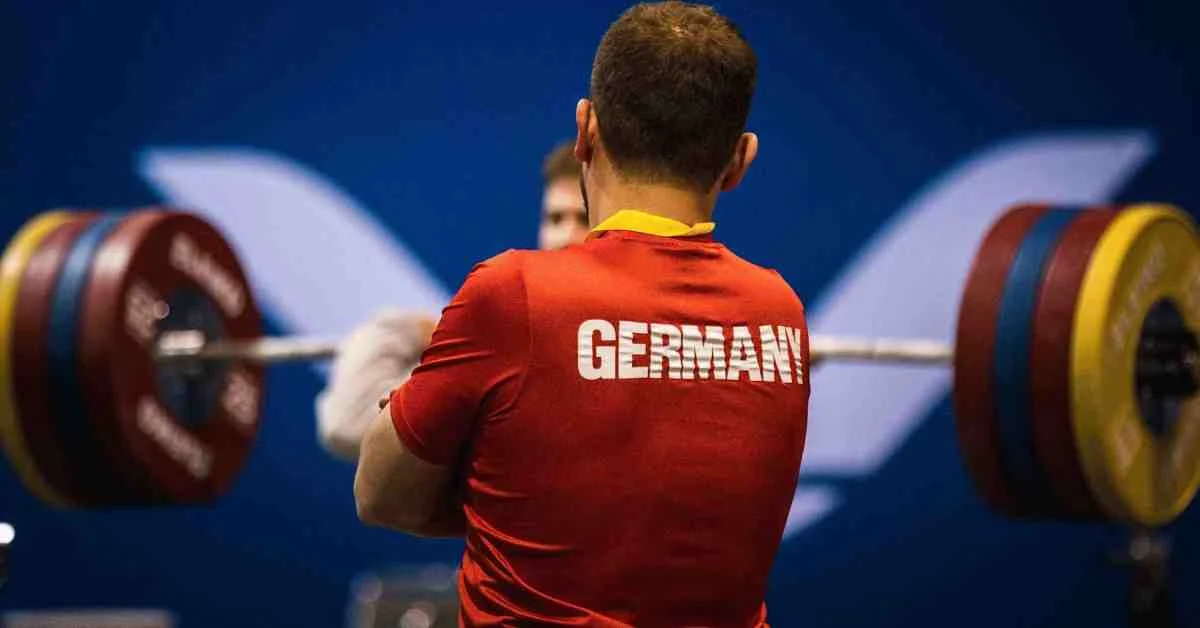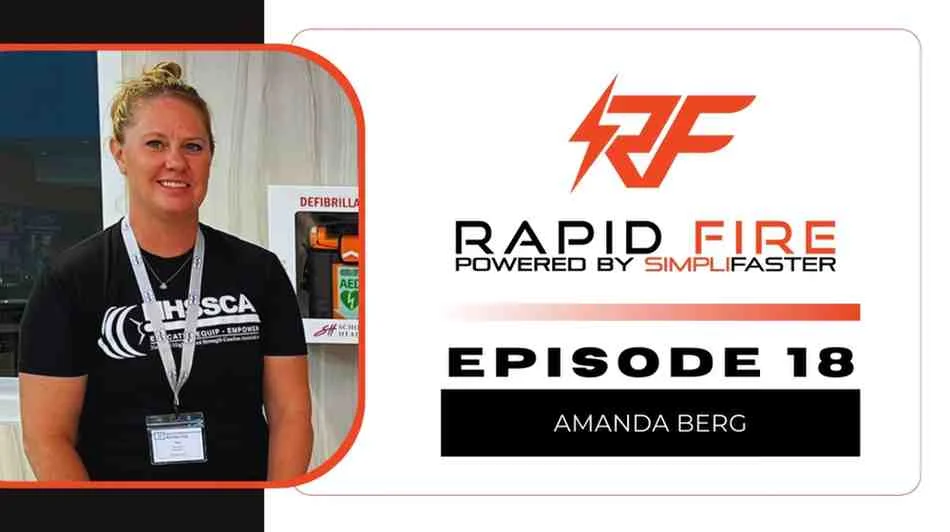Does the Feed the Cats model present an approach that benefits distance runners? Author and coach Stuart Kremzner makes a compelling case in his book For the Love of Running: A Guide to Taking Your Running Performance to the Next Level. What I find most interesting is the number of distance coaches who are seeing that a Feed the Cats approach really can benefit their distance runners, and Kremzner provides substantial corroborative data. “The way we are thinking about physiology is changing,” notes Kremzner.
What we do know is that physiological endurance adaptations can also occur at high levels of intensity, where we originally thought this only occurred with high volume at lower intensities. Kremzner points to specific examples: “In my training of diverse athletes over the years,” he says, “I have been surprised at the aerobic fitness of athletes that come from speed-power backgrounds that spend a great deal of time training at the lactate threshold or much higher.”
What conclusion does Kremzner draw from this observation?
Physiological endurance adaptations can also occur at high levels of intensity, says @Zoom1Ken. Share on XTraining for Endurance Athletes
“I believe that an increased proportion of speed and power training holds an untapped potential for many master and junior level runners.” Kremzner believes that strength, power, and speed training are some of the most unexplored areas in terms of research and application to endurance athletes. Though acknowledging that research has been limited, studies have been very positive.
“If we could improve our neuromuscular efficiency,” notes Kremzner, “we will improve our running efficiency. With increased force output, we will improve our endurance capacity.”
How so? It will require less energy to achieve the same workload and, as Kremzner suggests, “it also allows us to develop high amounts of force in general through the training of the elastic qualities of our muscles and tendons by producing even higher amounts of force.”
Does strength play a role in this as well? Research going back to 2008 found that strength training increased running efficiency by 5% over eight weeks. Former colleague Barry Ross liked to cite Paavolainen’s 1999 study that noted explosive strength decreased 5k times in runners by about one minute, and ground force reaction time decreased by 8% after a nine-week strength and power training program.
Does strength play a role in this as well? Research going back to 2008 found that strength training increased running efficiency by 5% over eight weeks, says @Zoom1Ken. Share on XAnother study (Faiss et al. 2015) found that repeated sprint training increased runners’ power outputs by 11% over six sessions, each consisting of four sets of five 10-second sprints. Kremzner’s conclusion is that speed training is the next layer in developing an improvement in running performance.

Defining Speed Training
He refers to it as “structured, high intensity running over distances of 500 meters or less.” Maybe not exactly how sprint coaches would define speed work, but certainly not exactly what distance coaches would define as endurance training.
Kremzner sees the goal of speed training as more in keeping with what sprint coaches would endorse. With speed workouts, the goal is not training volume, but quality. “Over 40-60 seconds per repeat of sprinting will not develop your peak velocity,” notes Kremzner. “At this point, you are training a different energy system (speed endurance) and it is not speed work, but work focused on peak lactate buffering capacity.”
What Kremzner advocates is runners testing their times over 30, 60, 100, and 200 meters to determine a baseline reference point for training time intensities. Once again, the goal is not training volume, but quality.
Kremzner makes his point really clear. “After twenty years of coaching,” he notes, “I have found that many endurance athletes can benefit a great deal from higher intensity work.” The bottom line: Intensity training helps us develop the ability to maintain a higher race pace for a longer time.
Intensity training helps us develop the ability to maintain a higher race pace for a longer time, says @Zoom1Ken. Share on XEmbracing the Philosophy
I can visualize Tony Holler, the Feed the Cats master, nodding in agreement—with speed workouts, the goal is indeed quality and not volume. And Tony would embrace Kremzner for re‑emphasizing what cat feeders never forget: “Most important, keep your training fun.” Fast works because fast is fun.
Fast works because fast is fun, says @Zoom1Ken. Share on X“I have found speed training to be very effective in developing super-compensation that improves 5k and10k running times,” says Kremzner, “far more than 3-4 years of high volume endurance training.”
Stuart Kremzner’s book, For the Love of Running, certainly filled me with a lot of love based on a philosophy not always embraced by the distance running community.
[freelap-share]







